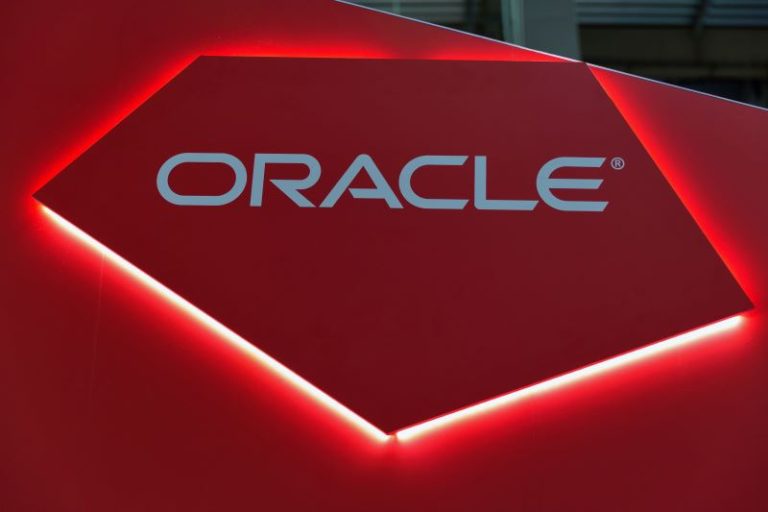
Smart Homes and Smart Living: The Technological Transformation of European Homes by 2025
Introduction to Smart Homes and Smart Living
Smart Homes and Smart Living is the future of European homes, and it’s transforming the way we live and interact with our living spaces. With the integration of smart technology, homes are becoming more efficient, convenient, and sustainable. In this article, we’ll explore the technological transformation of European homes by 2025 and what it means for homeowners and the environment.
The Current State of Smart Homes in Europe
The concept of smart homes is not new, but it’s gaining popularity in Europe as technology advances and becomes more affordable. Currently, many European homes are equipped with basic smart devices such as thermostats, lighting systems, and security cameras. However, the next generation of smart homes will be fully integrated with the Internet of Things (IoT), allowing for seamless communication between devices and creating a more efficient and convenient living experience.
The Future of Smart Homes in Europe by 2025
By 2025, European homes will be transformed into smart living spaces that are tailored to the individual needs and preferences of homeowners. With the help of artificial intelligence (AI) and machine learning (ML), smart homes will be able to learn and adapt to the habits and behaviors of occupants, making recommendations for energy efficiency, comfort, and security. Some of the key features of smart homes in Europe by 2025 will include:
- Energy-harvesting technologies such as solar panels and wind turbines
- Advanced water management systems that optimize water usage and reduce waste
- Smart thermostats and climate control systems that learn and adapt to occupant behavior
- Integrated security systems that include biometric authentication and AI-powered surveillance
- Automated home maintenance and repair systems that predict and prevent issues
Benefits of Smart Homes and Smart Living
The benefits of smart homes and smart living are numerous, and they extend beyond the convenience and efficiency of smart technology. Some of the key benefits include:
- Energy efficiency and reduced carbon footprint
- Improved comfort and indoor air quality
- Enhanced security and safety features
- Increased property value and appeal
- Improved health and well-being through personalized recommendations and monitoring
Challenges and Limitations of Smart Homes and Smart Living
While the benefits of smart homes and smart living are significant, there are also challenges and limitations to consider. Some of the key challenges include:
- High upfront costs and investment in smart technology
- Interoperability issues between different devices and systems
- Cybersecurity risks and vulnerabilities
- Dependence on technology and potential for technical failures
- Need for continuous maintenance and updates
Conclusion
Smart Homes and Smart Living is the future of European homes, and it’s transforming the way we live and interact with our living spaces. With the integration of smart technology, homes are becoming more efficient, convenient, and sustainable. While there are challenges and limitations to consider, the benefits of smart homes and smart living are numerous, and they extend beyond the convenience and efficiency of smart technology. As we move towards 2025, it’s essential to consider the potential of smart homes and smart living and how they can improve our lives and the environment.





